Beginner’s Guide to Hard vs Soft Lures
Stepping into the world of fishing can be both exciting and overwhelming, especially when faced with the vast array of lures available. Among the most fundamental choices a beginner angler must make is deciding between hard and soft lures. Each type offers distinct advantages in different fishing scenarios, and understanding these differences can significantly impact your success on the water. This comprehensive guide aims to demystify the world of fishing lures, breaking down the characteristics, applications, and techniques associated with both hard and soft options. Whether you’re casting your line in freshwater lakes or navigating saltwater currents, knowing when and how to use each lure type will elevate your fishing game and help you reel in more impressive catches.
Understanding the Basics: What Are Hard Lures?
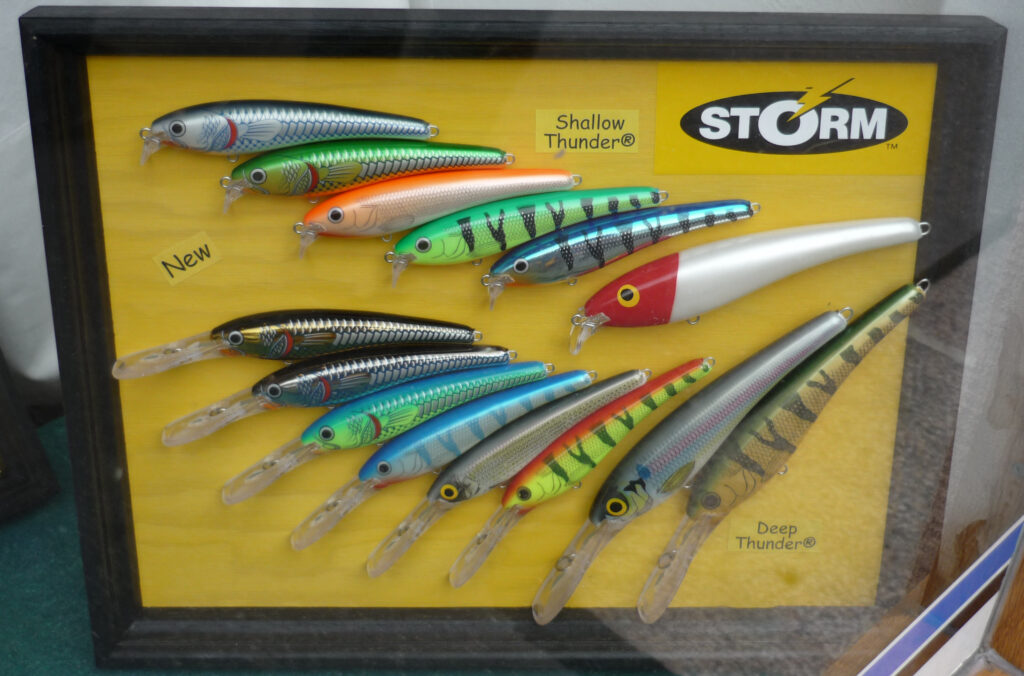
Hard lures, as the name suggests, are constructed from rigid materials such as plastic, wood, or metal, designed to mimic the movement and appearance of natural prey. These lures typically feature a solid body with treble hooks attached to their underside or tail, creating a realistic swimming action when retrieved through the water. Most hard lures come equipped with built-in rattles, realistic paint jobs, and reflective surfaces that catch light underwater, triggering predatory instincts in fish. Common types include crankbaits, jerkbaits, topwater plugs, and spoons, each engineered with specific actions and diving depths to target different species and fishing conditions. The durability of hard lures makes them a long-term investment for anglers, often lasting for years with proper maintenance and care.
The Anatomy of Soft Lures Explained
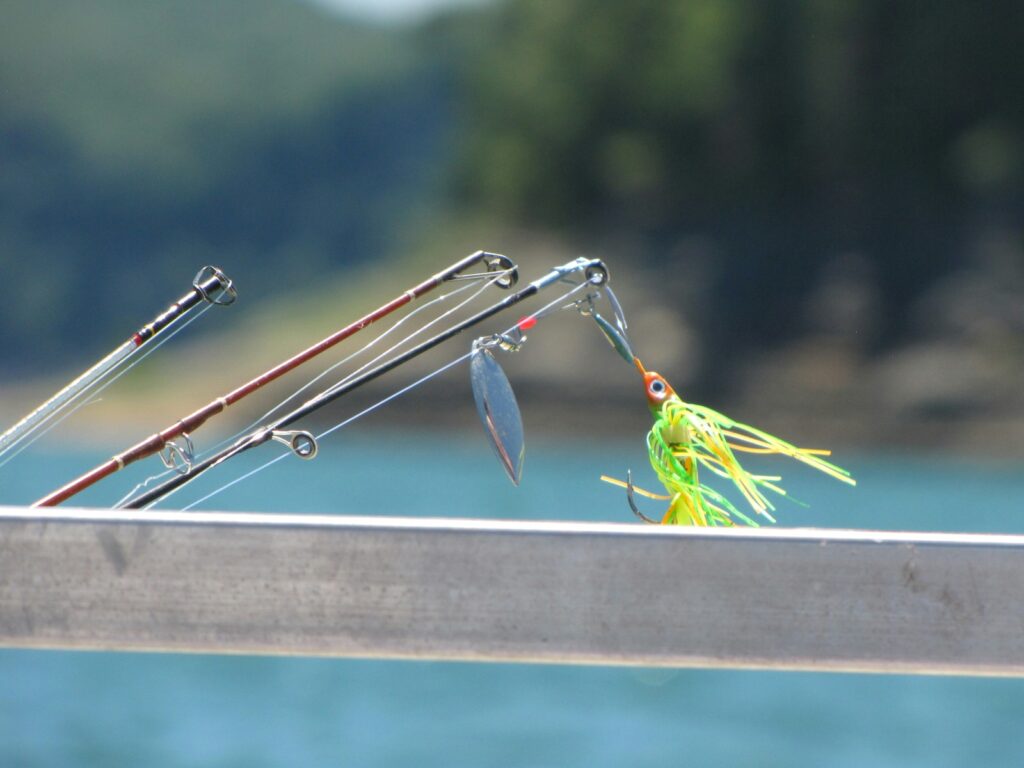
Soft lures represent a more pliable alternative, typically crafted from materials like soft plastic, silicone, or rubber compounds that offer a more lifelike texture and movement in the water. Unlike their hard counterparts, soft lures usually require the angler to add hooks, typically in the form of jigheads or weedless hook setups, as they don’t come with hooks permanently attached. The flexibility of soft baits allows them to undulate naturally with minimal effort, closely mimicking the subtle movements of wounded baitfish, worms, or other aquatic creatures. Many soft lures come infused with scents and flavors that can mask human odors and encourage fish to hold onto the bait longer after striking. Popular varieties include worms, grubs, swimbaits, creature baits, and soft jerkbaits, each designed to imitate specific prey or trigger particular feeding responses from target species.
The Advantages of Fishing with Hard Lures
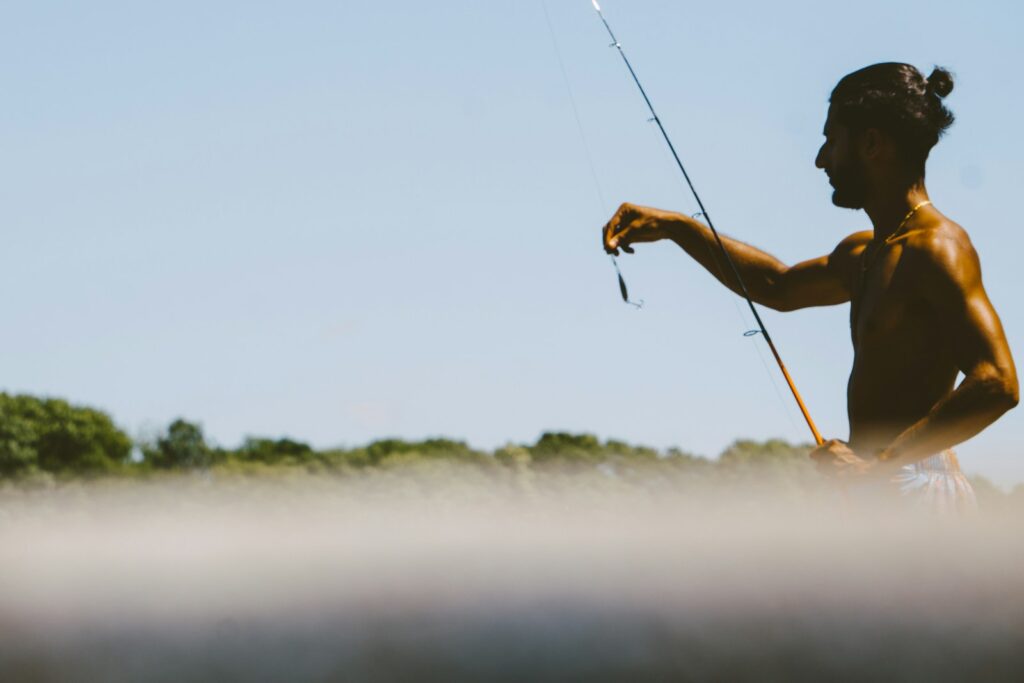
Hard lures excel in numerous fishing scenarios, offering distinct benefits that make them essential tools in any angler’s tackle box. Their rigid construction allows them to cast farther than most soft alternatives, especially in windy conditions, enabling anglers to cover more water efficiently. The built-in action of hard lures creates consistent and predictable swimming patterns with minimal input from the angler, making them more beginner-friendly for those still developing their retrieval techniques. Many hard lures feature rattles and diving bills that create vibration and disturbance in the water, helping fish locate them even in murky conditions with limited visibility. Perhaps most significantly, hard lures generally produce louder, more aggressive presentations that can trigger reaction strikes from predatory fish, even when they aren’t actively feeding—a valuable advantage when fishing during tough conditions or cold-water periods.
When Soft Lures Outperform Their Hard Counterparts
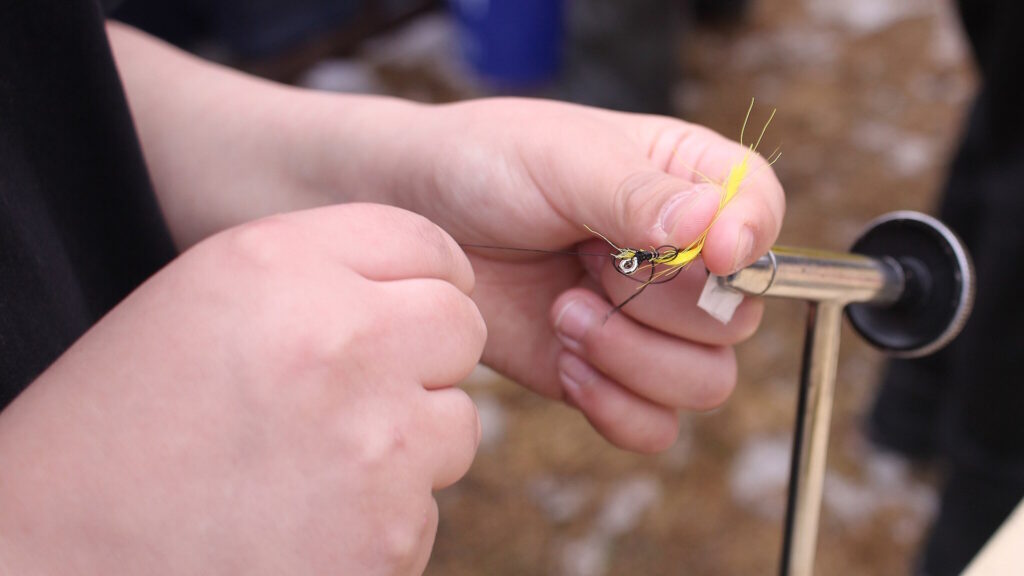
Soft lures shine in situations that call for subtlety and natural presentation, often outperforming hard baits when fish are pressured or particularly wary. Their lifelike texture and taste encourage fish to hold onto the bait longer after striking, giving anglers more time to set the hook properly before the fish realizes something is amiss. The customizable nature of soft plastics allows anglers to adjust their presentation on the fly by trimming the lure, adding scent, or changing hook placement to match specific conditions or fish preferences. In clear water or during bright conditions when fish can closely inspect their prey, the realistic appearance and natural movement of soft lures can generate strikes when hard baits get rejected. Additionally, soft plastics excel in heavy cover situations where their weedless rigging options allow anglers to fish effectively in areas that would instantly snag a treble-hooked hard lure.
Cost Considerations: Budget Impact of Hard vs Soft Choices

The financial aspect of lure selection represents a significant consideration for many anglers, particularly those just starting their fishing journey. Hard lures typically command higher initial prices, with premium models from established brands often ranging from $8 to $25 per lure, representing a substantial investment for someone building their first tackle collection. However, their durability often results in lower long-term costs, as a well-maintained hard lure can last for years and catch hundreds of fish before needing replacement. Soft lures, conversely, offer a more accessible entry point with most packs containing multiple baits priced between $3 and $10, allowing beginners to experiment with various styles without breaking the bank. The trade-off comes in longevity, as soft plastics tear easily and may only last through a few fish catches before requiring replacement, potentially resulting in higher cumulative costs for frequent anglers. Many experienced fishermen adopt a hybrid approach, investing in a core collection of versatile hard lures while maintaining a rotating stock of inexpensive soft options for high-risk fishing scenarios.
Seasonal Considerations for Lure Selection
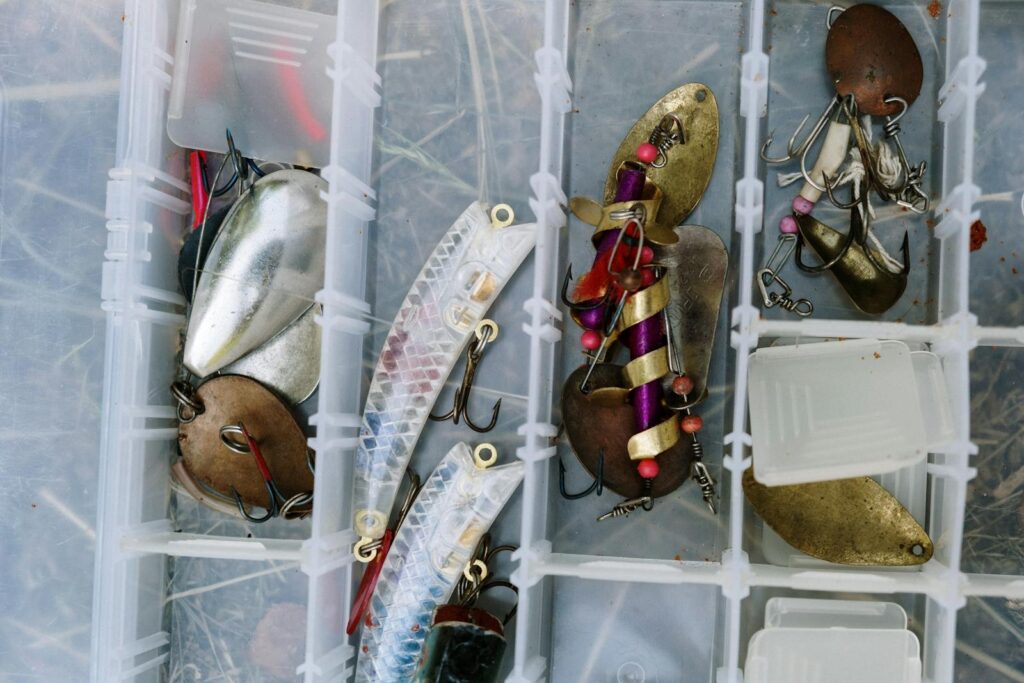
The changing seasons significantly influence fish behavior and feeding patterns, directly impacting which lure type might prove most effective during different times of the year. During spring spawning periods, soft plastic worms and creature baits rigged weedless excel at targeting bass guarding nests in shallow water, where their subtle presentation doesn’t spook protective fish. Summer often favors early morning and evening topwater action with hard poppers and walking baits, while deep-diving crankbaits and soft plastic drop-shot rigs effectively target fish that retreat to cooler depths during midday heat. Fall typically brings aggressive feeding behavior as fish prepare for winter, making this an ideal time for reaction-triggering hard baits like lipless crankbaits and jerkbaits that imitate the baitfish schools prevalent during this season. Winter’s cold water temperatures generally slow fish metabolism, often making the subtle, slow-moving presentation of small soft plastics on light jigheads more effective than the aggressive action of most hard lures.
Species-Specific Lure Recommendations
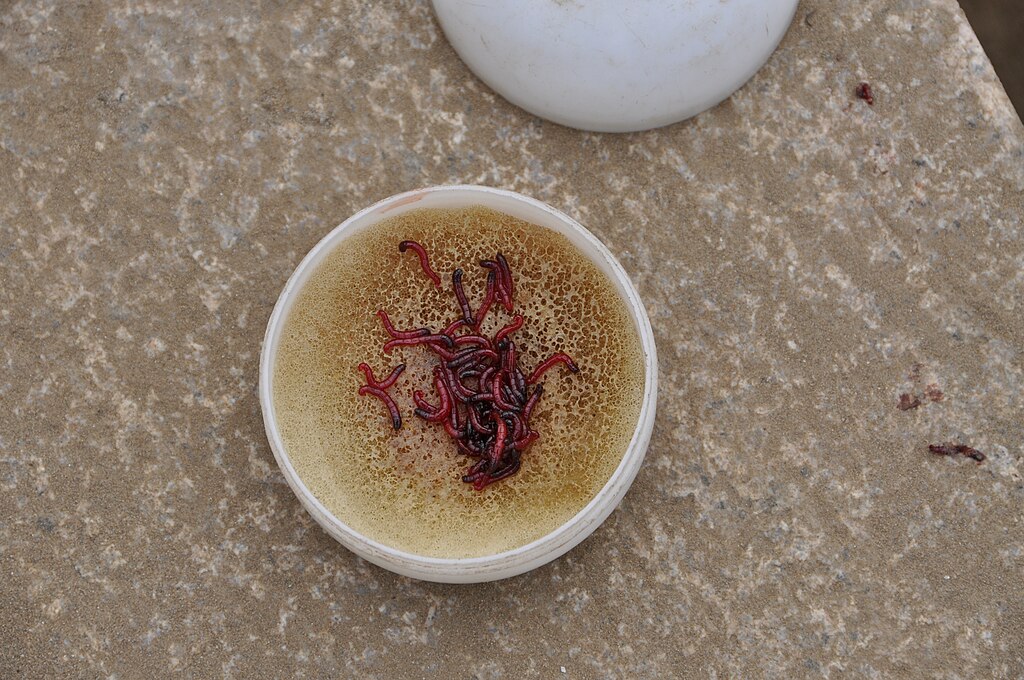
Different fish species exhibit unique feeding behaviors and preferences that can inform your lure selection strategy for targeted fishing success. Largemouth bass respond exceptionally well to both lure types, with soft plastic worms and creature baits excelling for finesse presentations, while crankbaits and topwater hard baits trigger reaction strikes during active feeding periods. Walleye anglers often find success with hard jerkbaits and minnow-imitating crankbaits in clear water, but frequently turn to soft plastic paddle tails on jigheads when fishing deeper or in stained conditions. Trout fishing typically favors smaller presentations, with tiny soft plastic trout worms and marabou jigs proving effective in streams, while small spinners and floating hard minnow imitations work well in lakes and ponds. Saltwater species like redfish and speckled trout often respond aggressively to soft plastic swimbaits and paddle tails in estuaries, while bluefish and striped bass frequently chase larger hard plugs and metal spoons in coastal waters.
Essential Retrieval Techniques for Hard Lures
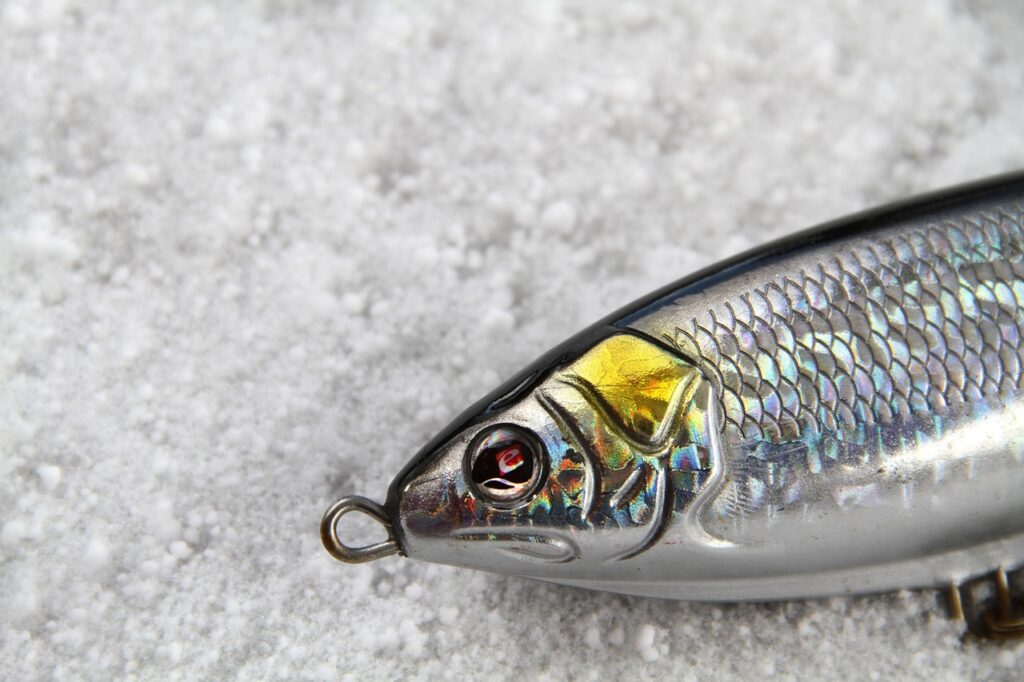
Mastering retrieval techniques for hard lures can dramatically increase their effectiveness across various fishing scenarios. The steady retrieve works well with crankbaits and spinnerbaits, maintaining a consistent speed that allows the lure’s built-in action to work naturally without additional manipulation. The stop-and-go technique involves intermittently pausing your retrieve, creating the illusion of an injured baitfish, particularly effective with suspending jerkbaits that maintain their depth during the pause. Twitching incorporates short, sharp rod movements during the retrieve to impart erratic darting actions to minnow-style lures, mimicking a panicked baitfish and triggering predatory responses. For topwater lures, the “walk-the-dog” technique creates a side-to-side zigzagging motion by gently twitching your rod tip while maintaining slight slack in your line, producing the distinctive wounded prey movement that often triggers explosive strikes from surface-feeding predators.
Mastering Soft Plastic Presentations

Developing proficiency with soft plastic presentations requires understanding several foundational techniques that maximize their natural appeal to fish. The Texas rig, perhaps the most versatile soft plastic setup, involves embedding a hook point inside the lure body to create a weedless presentation that can be dragged, hopped, or swum through heavy cover without snagging. The drop shot rig suspends a soft plastic lure above a weight that maintains bottom contact, allowing for subtle, vertical movements that excel in clear water and pressured fishing scenarios. The Carolina rig utilizes a weight separated from the lure by a leader, creating a natural drifting presentation as the bait floats above bottom structure while the weight maintains contact with the lake floor. For open water applications, the swim jig presentation pairs a soft plastic trailer with a jighead, creating a horizontal swimming action that effectively imitates baitfish when retrieved at various depths and speeds.
Tackle Requirements for Different Lure Types

Your choice between hard and soft lures should influence your equipment selections, as each lure type performs optimally with specific rod, reel, and line configurations. Hard baits with treble hooks generally fish best with medium-power rods featuring moderate or moderate-fast action, which provide enough backbone for solid hooksets while offering sufficient give to prevent tearing hooks from a fish’s mouth during the fight. Conversely, soft plastic techniques typically benefit from faster-action rods that transmit subtle bites more effectively and deliver powerful hooksets needed to drive single hooks through plastic material and into a fish’s jaw. Line selection similarly varies, with monofilament or fluorocarbon in 8-15 pound test providing the stretch and invisibility beneficial for hard bait presentations, while braided line in 15-50 pound test offers the sensitivity and no-stretch properties ideal for detecting subtle takes on soft plastics. Reel gear ratios also warrant consideration, with slower 5.1:1 or 6.1:1 ratios complementing crankbaits that benefit from slower retrieves, while faster 7.1:1 or 8.1:1 ratios excel with soft plastics that often require quick hook sets and precise line management.
Storage and Maintenance Differences

Proper storage and maintenance significantly impact the longevity and performance of your fishing lures, with each type requiring specific care considerations. Hard lures benefit from storage in compartmentalized tackle boxes that prevent hooks from tangling and protect painted finishes from scratching against other lures or tools. After saltwater use, hard lures should be rinsed thoroughly with fresh water and allowed to dry completely before storage to prevent corrosion of hooks and hardware. Treble hooks should be inspected regularly and replaced when dull or damaged, while split rings and other attachment points require occasional checks for signs of weakness. Soft plastics demand entirely different storage solutions, ideally kept in their original packaging or specialized soft plastic binders that prevent different plastics from touching, as many formulations will chemically react with each other, causing melting or deformation. Many anglers extend the life of their soft plastics by storing them with a sprinkle of salt or baking soda to absorb moisture, preventing mold growth and maintaining their original texture and scent.
Hybrid Approaches: Combining Hard and Soft Elements
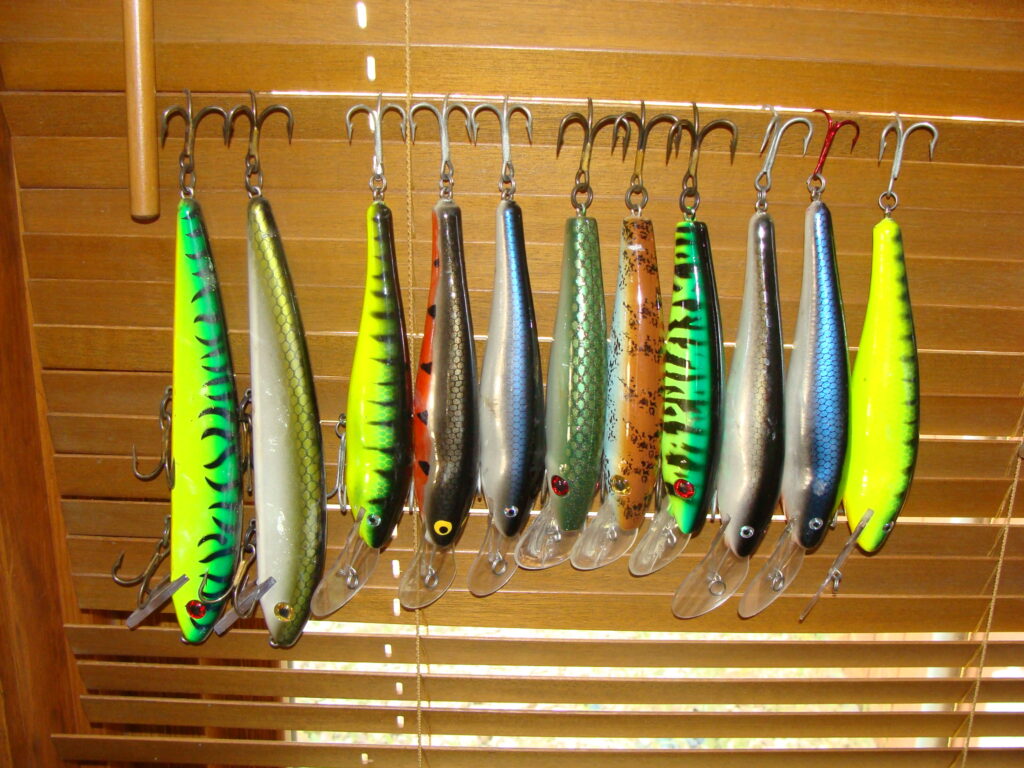
The distinction between hard and soft lures isn’t always absolute, as innovative designs increasingly incorporate elements of both categories to maximize fishing effectiveness. Alabama rigs exemplify this hybrid approach, featuring a hard wire frame with multiple attachment points for soft plastic swimbaits, creating a school-of-baitfish presentation that combines the casting distance of hard lures with the lifelike movement of soft plastics. Similarly, hard jerkbaits and crankbaits equipped with soft plastic trailer hooks enhance the lure’s profile while reducing snags and improving hook-up ratios during strikes. Chatterbaits and bladed jigs merge a vibrating metal blade with a soft plastic trailer, delivering the attention-grabbing flash and vibration of hard lures alongside the natural undulating action of soft plastics. For beginner anglers, these hybrid options often provide an excellent middle ground, offering multiple fish-attracting properties in a single package and simplifying the decision-making process when selecting lures for various fishing scenarios.
Environmental Impact Considerations
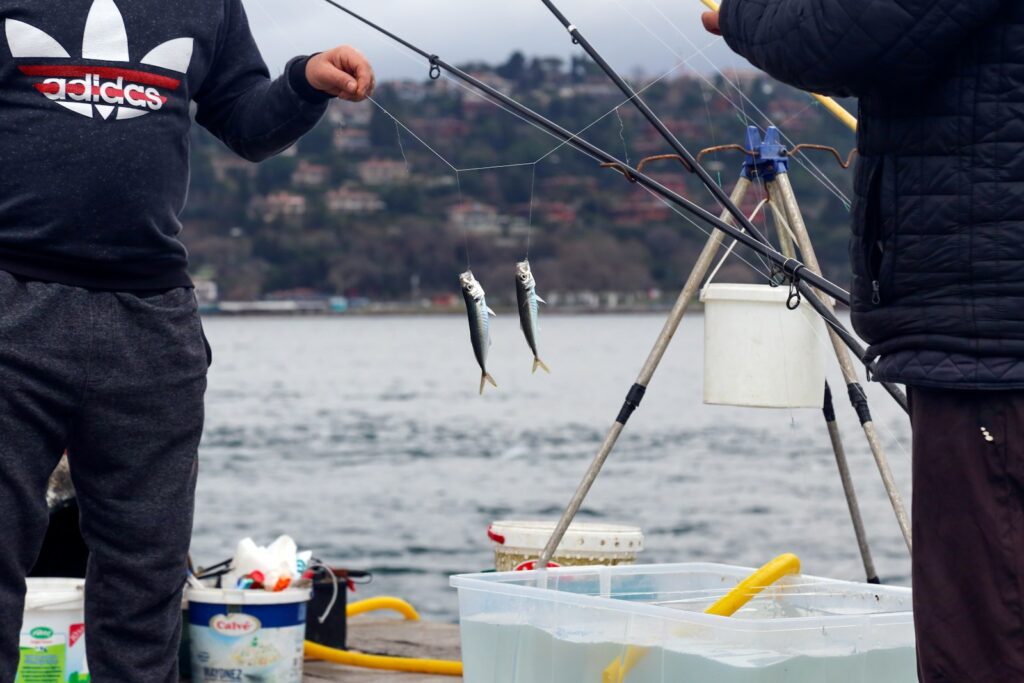
The environmental footprint of your lure choices represents an increasingly important factor for conservation-minded anglers. Traditional soft plastic lures pose particular environmental concerns, as most are made from PVC or other plastics that can take hundreds of years to decompose when lost in waterways. When fish ingest discarded soft plastics, these materials can cause blockages in their digestive systems, potentially leading to starvation or reduced reproductive capacity in affected populations. Hard lures, while less likely to be consumed by fish due to their size and construction, still contribute to water pollution when lost, with their metal components potentially leaching into the ecosystem over time. Fortunately, the fishing industry has responded with eco-friendly alternatives, including biodegradable soft plastics made from natural materials like corn starch and soy that break down in water within months rather than centuries. Responsible anglers can further minimize their environmental impact by properly disposing of damaged lures, retrieving snagged tackle whenever possible, and supporting manufacturers committed to sustainable production practices.
Building Your First Balanced Lure Collection
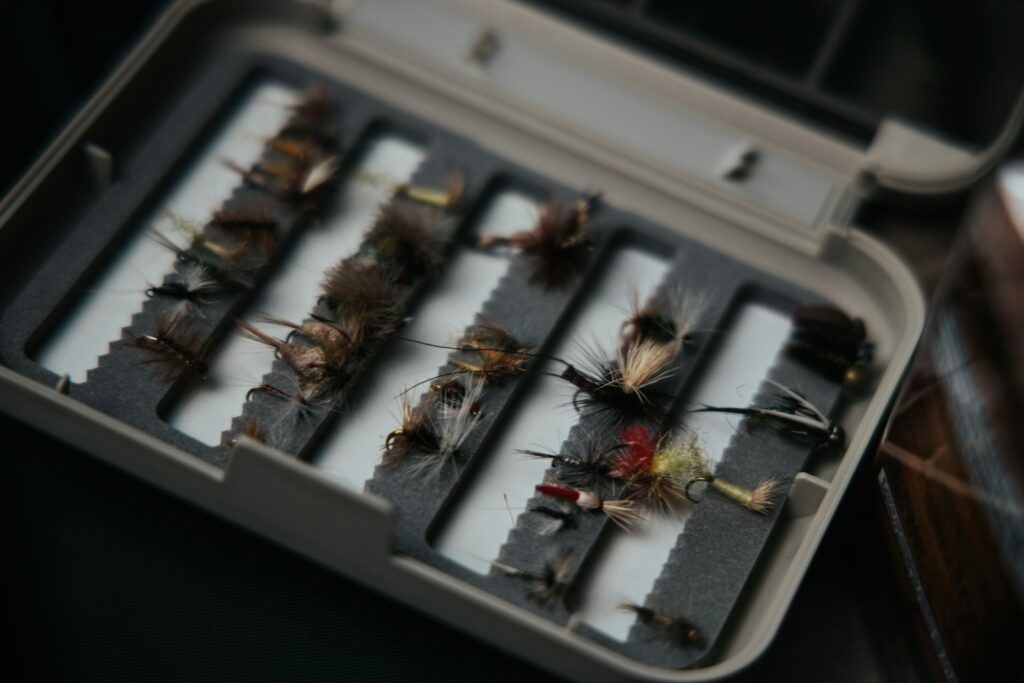
For novice anglers looking to establish a versatile first tackle box, striking the right balance between hard and soft lures ensures preparedness for diverse fishing scenarios. Begin with a foundation of three to five hard lures that cover different water columns: a topwater popper for surface action, a medium-diving crankbait for mid-depths, a lipless rattling bait for all-purpose use, and a deep-diving crankbait for reaching suspended fish. Complement these with a selection of soft plastics, including 4-inch finesse worms, paddle-tail swimbaits, creature baits, and stick baits, along with an assortment of jigheads and offset hooks for various rigging options. Focus on natural colors (green pumpkin, watermelon, black/blue) and baitfish imitations (silver, white, shad patterns) that perform consistently across different water clarities and conditions. Rather than accumulating dozens of specialized lures, invest in learning to use this core collection effectively in different scenarios, adding to your arsenal gradually as you identify specific needs based on your local fishing environments and target species.
Conclusion: Developing Your Lure Strategy

The choice between hard and soft lures ultimately transcends simple categorization, evolving into a nuanced decision based on fishing conditions, target species, and personal confidence. Most successful anglers don’t pledge exclusive allegiance to either category but instead develop situational awareness that guides appropriate lure selection for specific scenarios. Your journey as an angler will naturally include experimentation with both types, gradually building a repertoire of proven techniques and favorite lures that consistently produce results in your local waters. Remember that the most effective lure is often the one you fish with confidence and skill, regardless of its construction material or design complexity. By understanding the fundamental strengths and limitations of both hard and soft options outlined in this guide, you’re well-equipped to make informed choices that will enhance your fishing success and enjoyment on the water. The perfect balance between these two lure categories isn’t universal but rather a personal equation that evolves with your growing experience and fishing preferences.
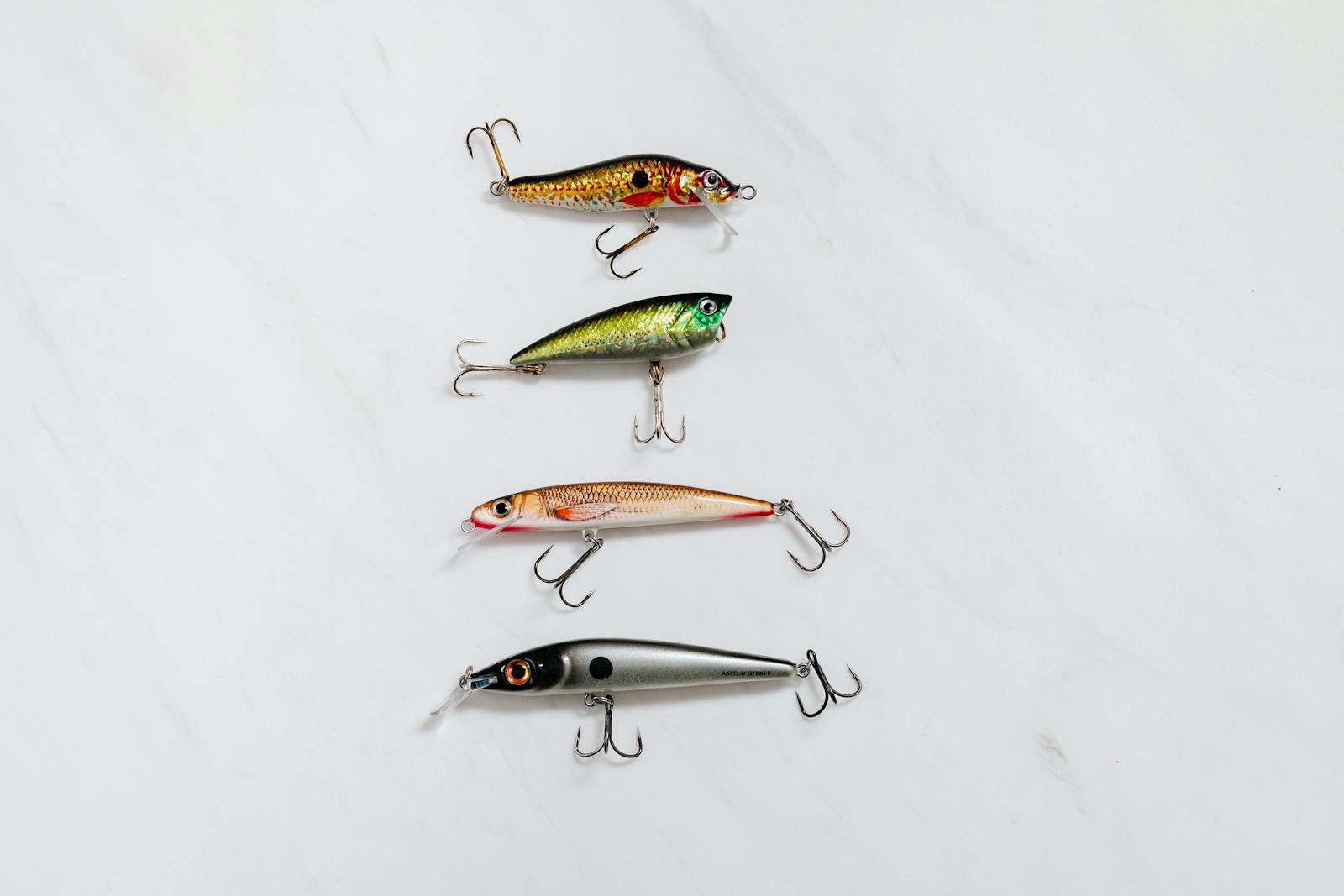
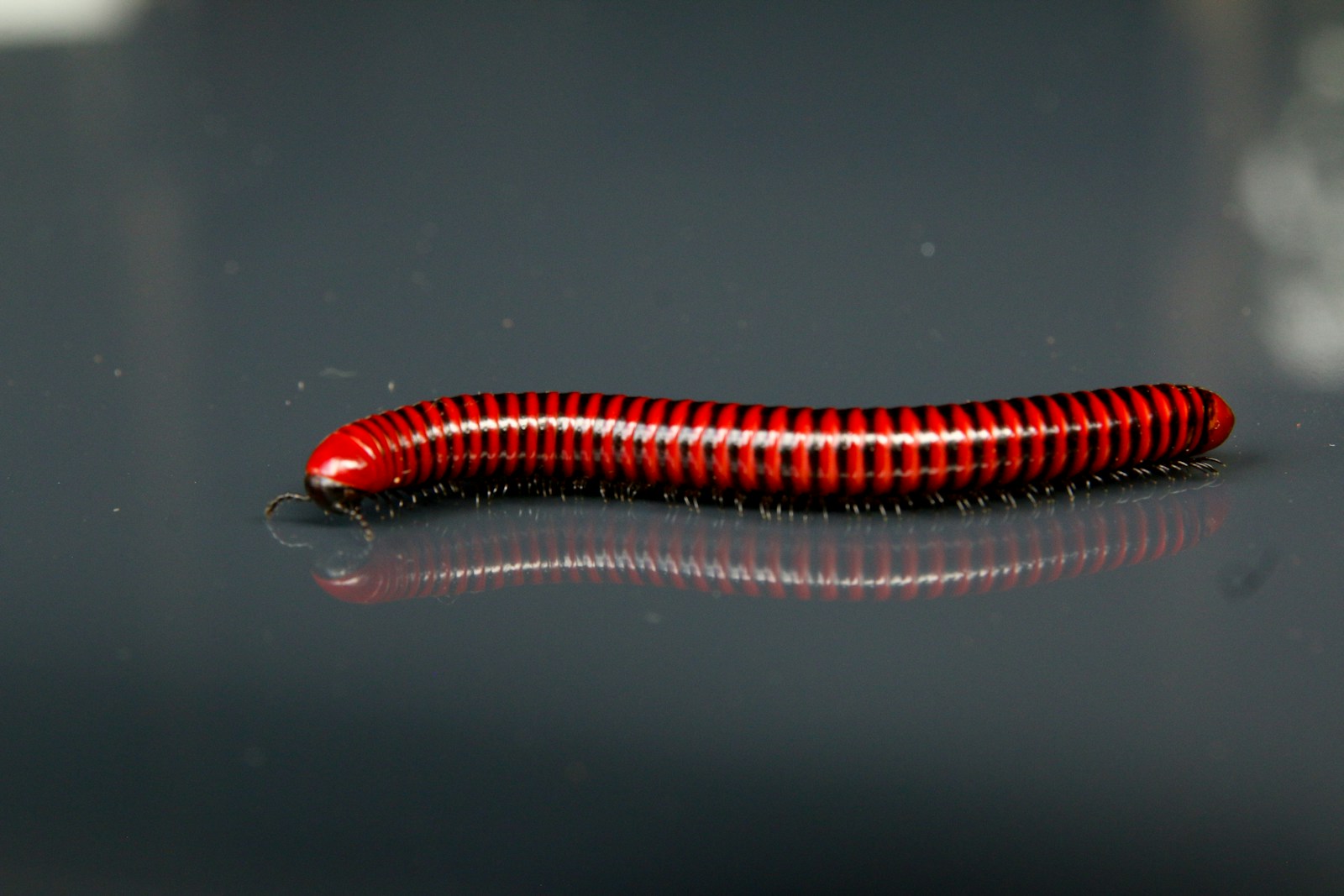

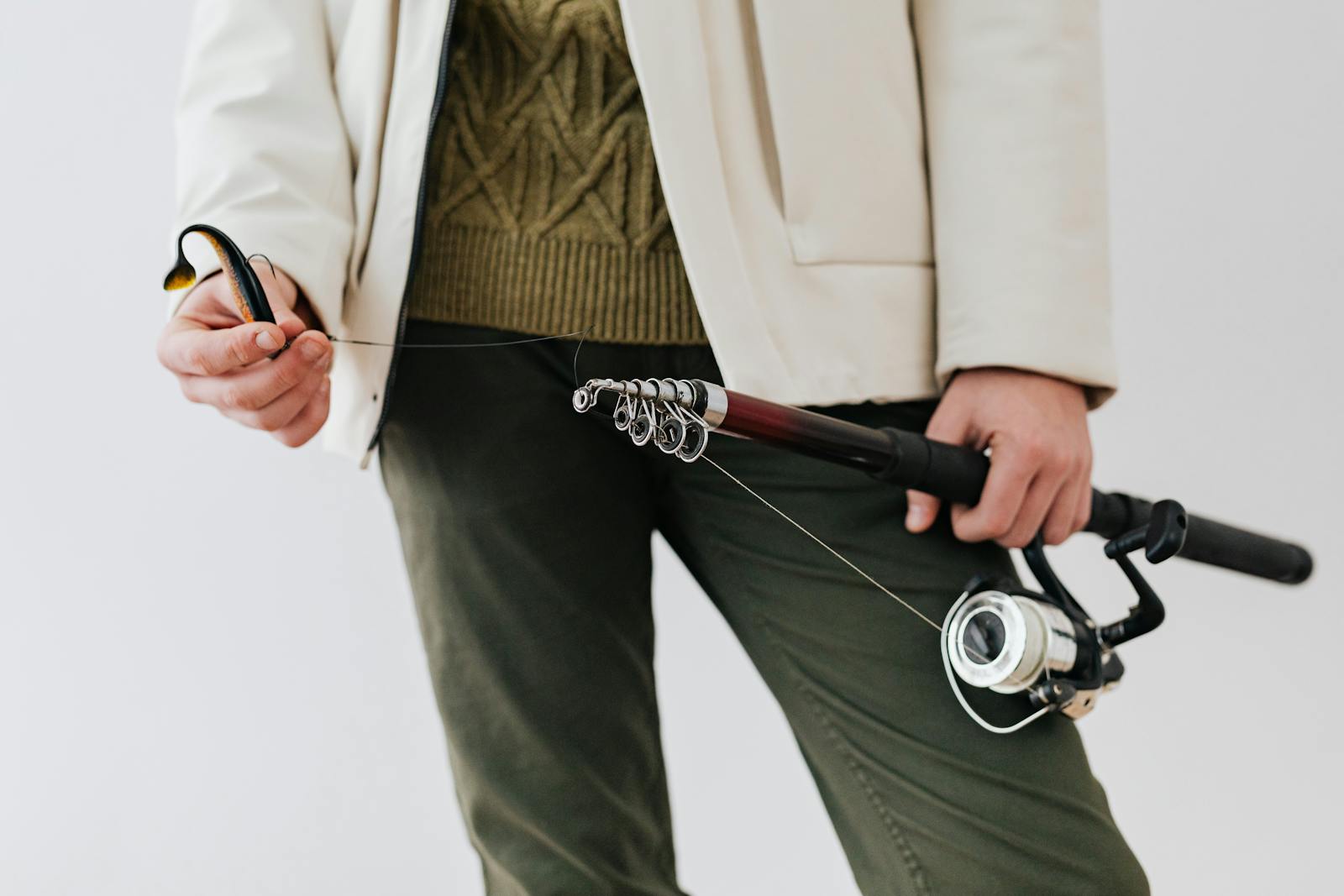










Post Comment